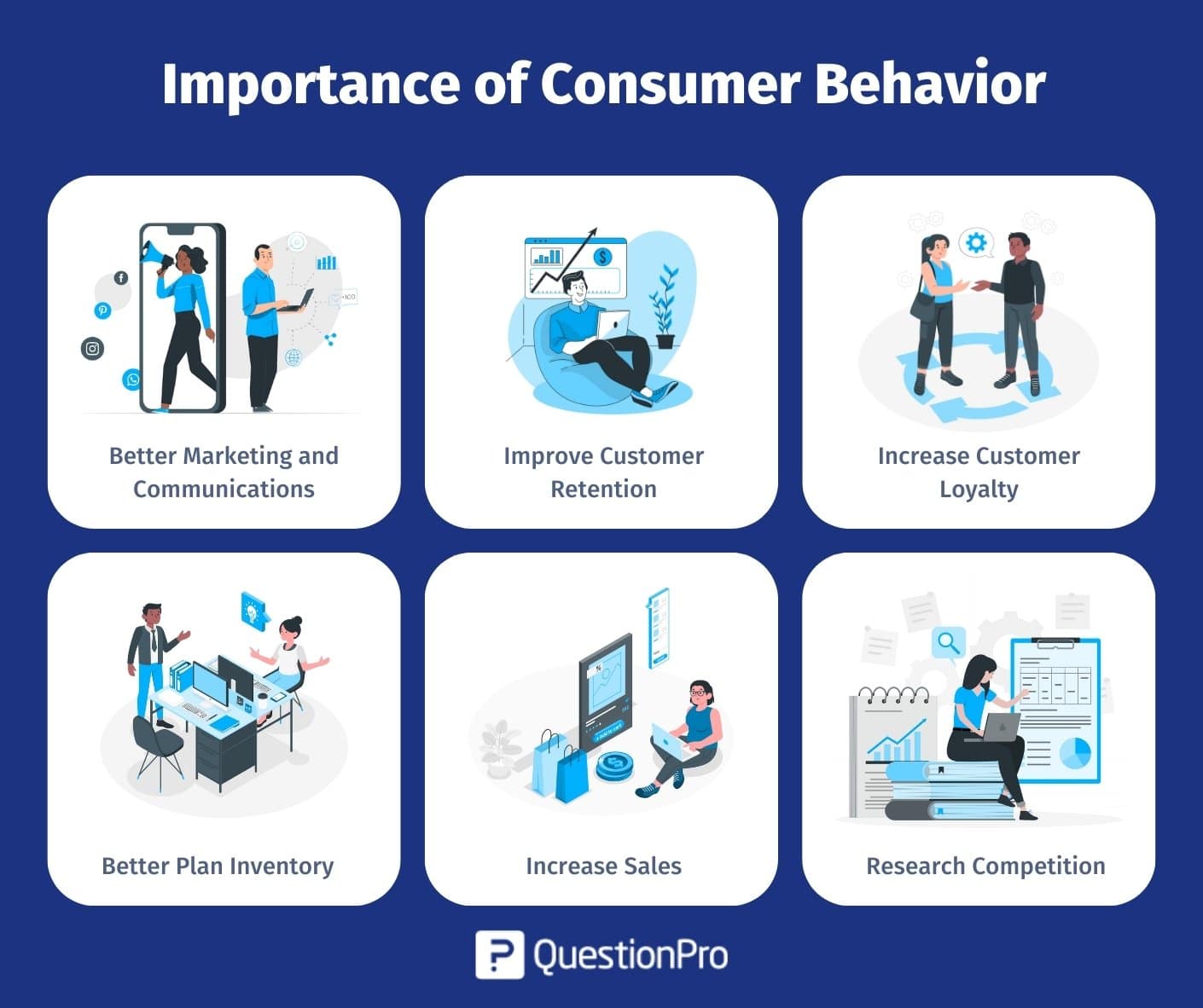
In the ever-evolving landscape of business, understanding customer needs and preferences is not just a luxury—it's a necessity. Imagine trying to navigate a dark room without a flashlight. You might stumble, bump into things, and waste a lot of time. Now, think of customer insights as that flashlight. They illuminate the path, helping you understand your target audience and make informed decisions. But how do you gather these insights? How do you analyze consumer behavior and stay ahead of market trends? Let's dive in and find out.
The Importance of Understanding Customer Needs and Preferences
In today's competitive market, understanding your customers is more important than ever. It's the key to delivering exceptional products and services, building strong relationships, and driving business growth. But why is it so crucial?
Enhancing Customer Experience
When you understand your customers' needs and preferences, you can tailor your offerings to meet their expectations. This leads to a better customer experience, increased satisfaction, and ultimately, loyalty.
Driving Innovation
Customer insights can fuel innovation. By understanding what your customers want and need, you can develop new products and services that truly resonate with them.
Improving Marketing Effectiveness
Knowing your target audience inside out allows you to create more effective marketing campaigns. You can target the right people, with the right message, at the right time.
How to Gather Customer Insights
So, how do you gather these all-important customer insights? Here are some effective methods:
Customer Surveys
Surveys are a direct way to gather information about your customers. They can be conducted online, in-store, or via email. The key is to ask the right questions.

Social Media Listening
Social media is a goldmine of customer data. By 'listening' to what your customers are saying online, you can gain valuable insights into their needs and preferences. Tools like Hootsuite and Sprout Social can help with this.
Customer Reviews and Feedback
Reviews and feedback provide honest, often uncensored, opinions about your products and services. They can highlight areas for improvement and give you ideas for new features or products.
Website Analytics
Tools like Google Analytics can provide a wealth of information about customer behavior. You can see how customers interact with your website, what they're interested in, and where they drop off.
Analyzing Consumer Behavior
Gathering data is just the first step. The next is analyzing it to understand consumer behavior. Here's how:
Segment Your Audience
Not all customers are the same. Segmenting your audience allows you to tailor your offerings and communications to different groups. You can segment by demographics, psychographics, behavior, or needs.
Identify Trends and Patterns
Look for trends and patterns in your data. Are there certain times of day when customers are more active? Are there specific features they use more than others? These insights can guide your business decisions.
Create Buyer Personas
Buyer personas are fictional representations of your ideal customers. They help you understand your customers' needs, preferences, and behaviors on a deeper level.
Staying Ahead of Market Trends
Market trends are always changing. Here's how to stay ahead of the curve:
Keep an Eye on Your Competitors
Your competitors can provide valuable insights into market trends. What are they doing differently? What's working for them? Tools like SEMrush and Ahrefs can help with competitive analysis.
Follow Industry News and Reports
Industry news and reports can keep you up-to-date with the latest trends. Websites like Forbes, Entrepreneur, and industry-specific blogs are great resources.
Listen to Your Customers
Your customers are a wealth of information. They can tell you about emerging trends, new competitors, and changing needs. So, keep those lines of communication open.
Putting It All Together: Customer Analysis
Once you've gathered and analyzed your data, it's time to put it all together. Customer analysis involves using your insights to make informed business decisions. Here's how:
Map the Customer Journey
The customer journey is the path a customer takes from awareness to purchase and beyond. Mapping this journey can help you identify touchpoints, improve the customer experience, and drive conversions.
Identify Gaps and Opportunities
Look for gaps in the market and opportunities for growth. Maybe there's a customer need that's not being met. Maybe there's a trend you can capitalize on.
Test and Iterate
Don't be afraid to test new ideas and strategies. And remember, it's okay if they don't work. The important thing is to learn from your failures and iterate.

Conclusion: Shine a Light on Your Customers
Understanding customer needs and preferences is like shining a light on your customers. It helps you see them more clearly, understand them more deeply, and serve them more effectively. So, start gathering those insights. Analyze that data. Stay ahead of those trends. Because the better you understand your customers, the better you can meet their needs. And that's good for them and good for your business.
FAQs
How often should I gather customer insights?
- Gathering customer insights should be an ongoing process. However, conducting a comprehensive customer analysis annually can help you stay up-to-date with changing needs and preferences.
What's the best way to analyze customer data?
- The best way to analyze customer data depends on your business and the type of data you have. However, some common methods include segmentation, trend analysis, and predictive modeling.
How can I stay ahead of market trends?
- Staying ahead of market trends involves keeping an eye on your competitors, following industry news, and listening to your customers. It's also important to be proactive and innovative.
What should I do if my customer analysis reveals a gap in the market?
- If your customer analysis reveals a gap in the market, consider how your business can fill that gap. This could involve developing a new product or service, or it could involve tweaking an existing one.
How can understanding customer needs and preferences drive business growth?
- Understanding customer needs and preferences can drive business growth by helping you deliver exceptional products and services, build strong relationships, and make informed business decisions. It can also fuel innovation and improve marketing effectiveness.
By understanding your customers, you're not just shining a light on them—you're shining a light on the path to business success. So, grab that flashlight and start exploring. Your customers are waiting.

Posting Komentar